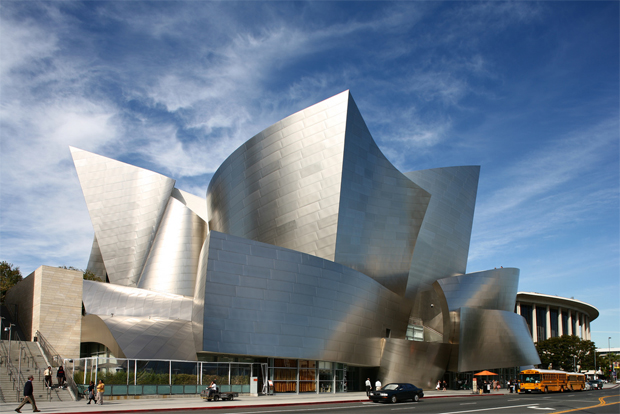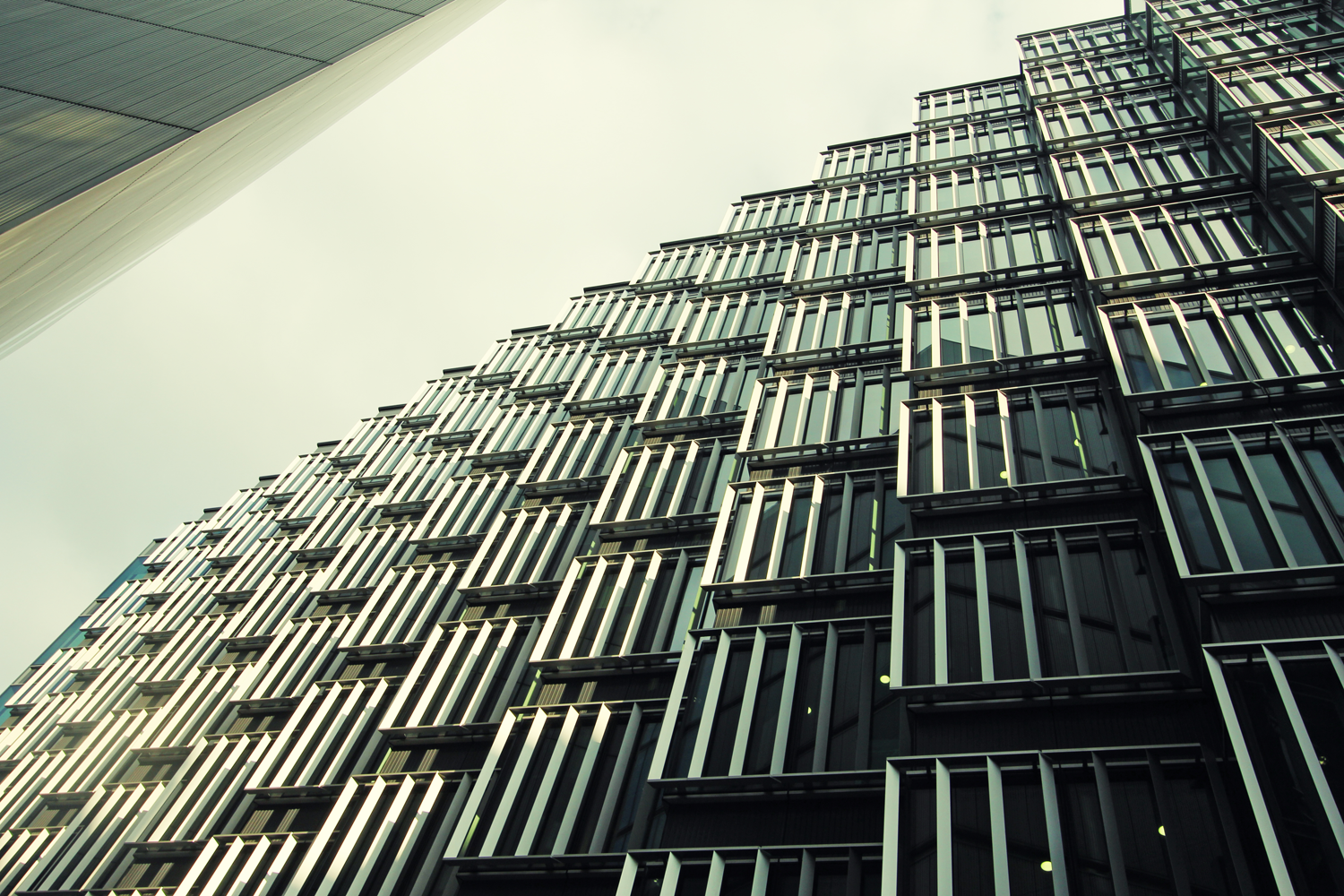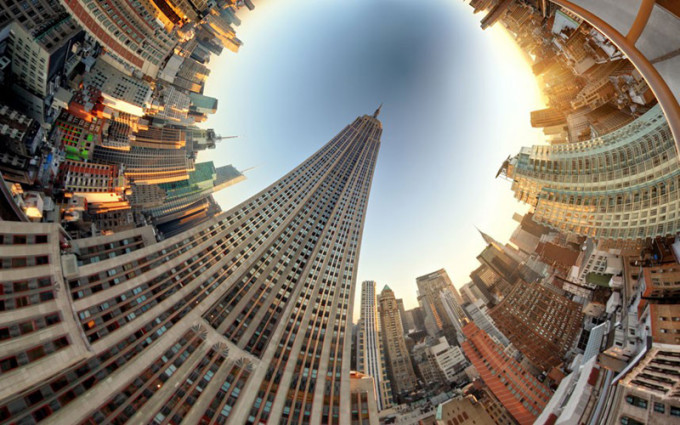As with any line of work, having the right tools is essential in one's ability to successfully accomplish the task efficiently and deliver a final product, which measures up to Professional standards. Photographing Architecture and Interiors requires specialized equipment, especially with regards to lenses.
In photographing architecture, or interiors, whether it be for the architect, or the interior design, hospitality, or homebuilder markets, care must be taken to keep all vertical lines perfectly plumb and true and this requires that the camera be perfectly level. However, frequently one will need to show more ceiling or foreground, and tilting the camera up or down will cause parallax where the verticals will converge upwards if the camera is pointed up, or converge down if the camera is pointed down, and this is unacceptable. What is required is a special lens that can be raised and lowered to allow for more height or foreground, and still maintain the level camera position.
Up until recently (the past 8 years or so) the standard camera for photographing Architecture and Interiors was the 4x5 technical view camera, as this camera had standards that allow for the lens or camera back to be raised, lowered, swung left or right (off axis) and tilted (for optimum depth of field). The 4x5 format was well suited for Architectural photography as well as opposed to the more elongated 35mm format of the newer digital cameras. Since the advent of the professional quality digital cameras, most architectural photographers have switched to the professional level digital camera, which is the 35mm format. If money is no object, there are technical view cameras that have digital backs, but they are extremely expensive, and if one understands what constitutes a good architectural or interior photograph, one can work around the limitations of the more affordable, yet excellent quality professional digital cameras, such as the Nikon or Canon series. After shooting with the 4x5 view camera exclusively for over 30 years, I have had to adjust to the smaller and more elongated format of the digital camera and my clients don't see the difference; when I find that I really want more space then the 35mm format allows, I just add to the canvass size and layer in the additional spatial content in Photoshop.












No comments:
Post a Comment